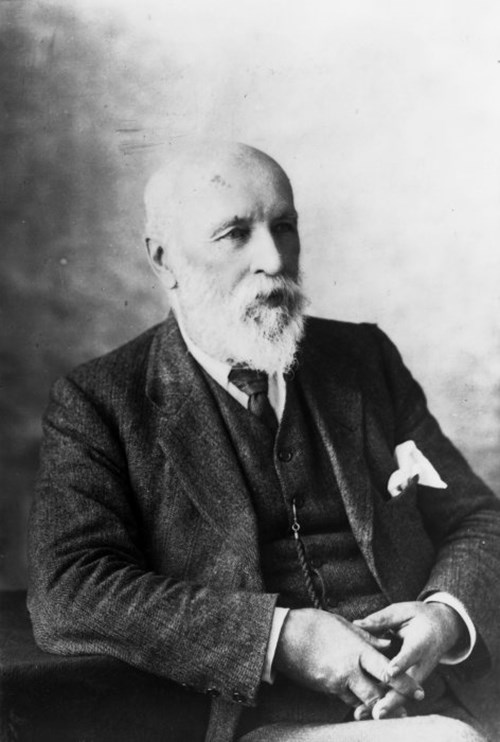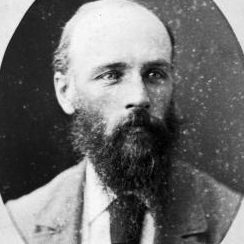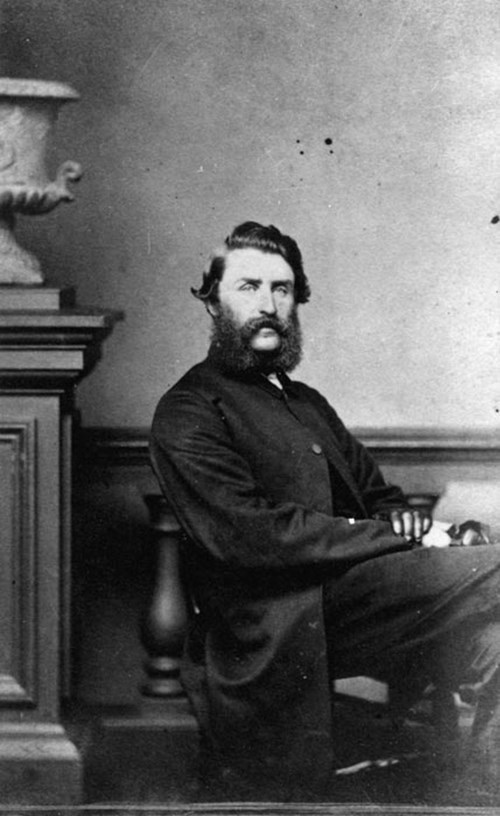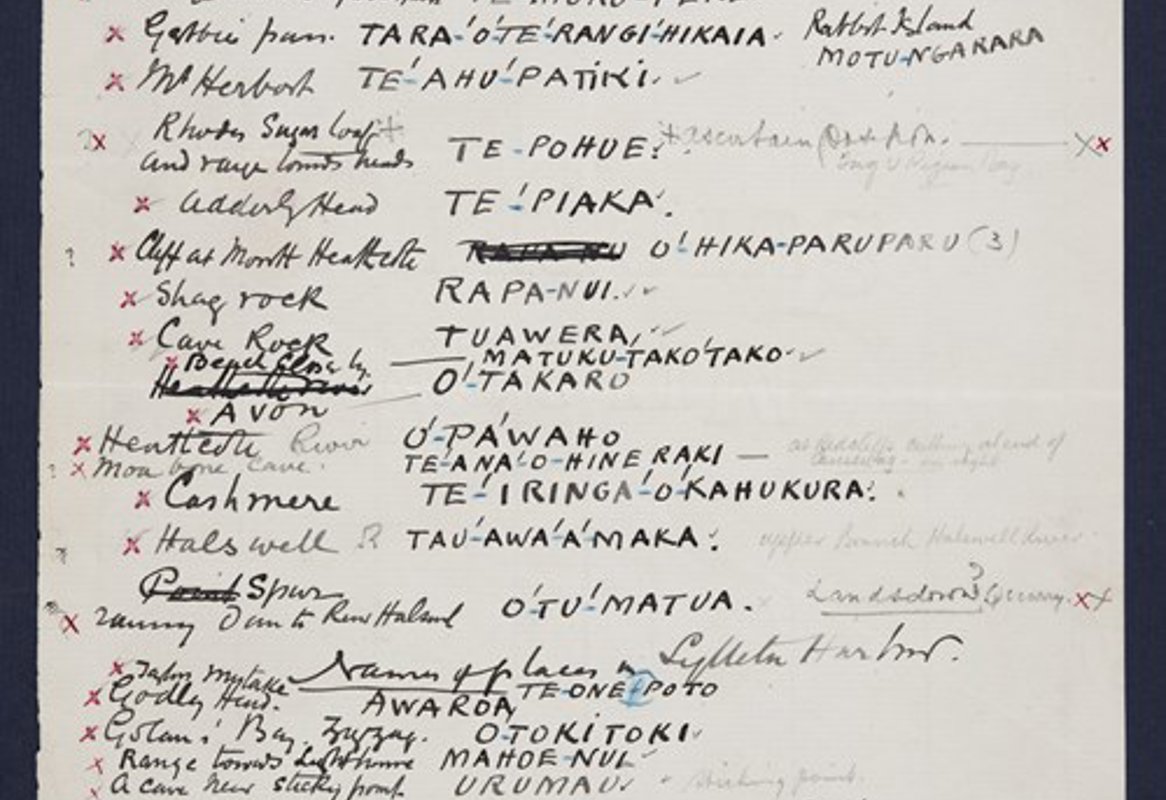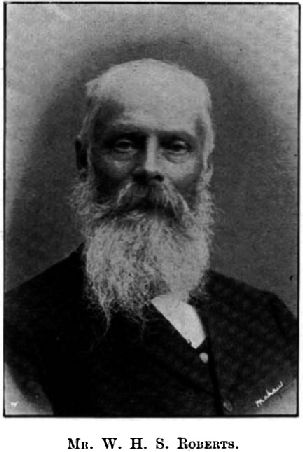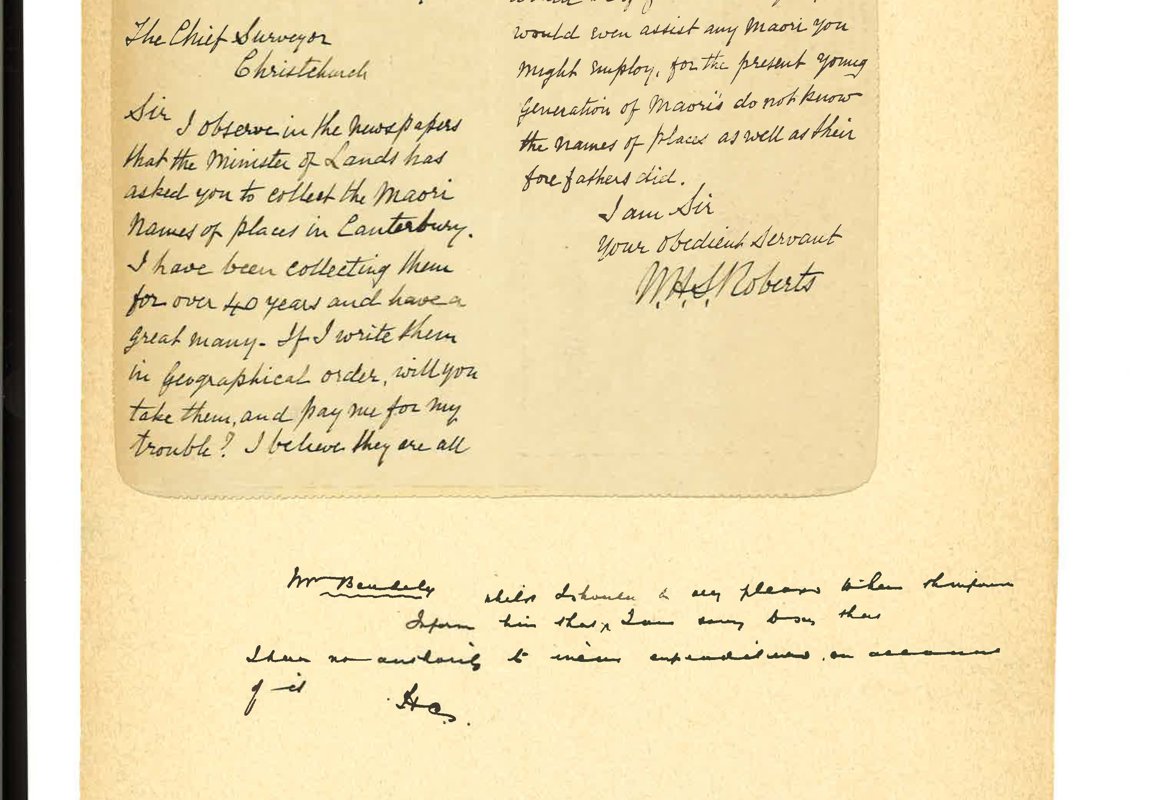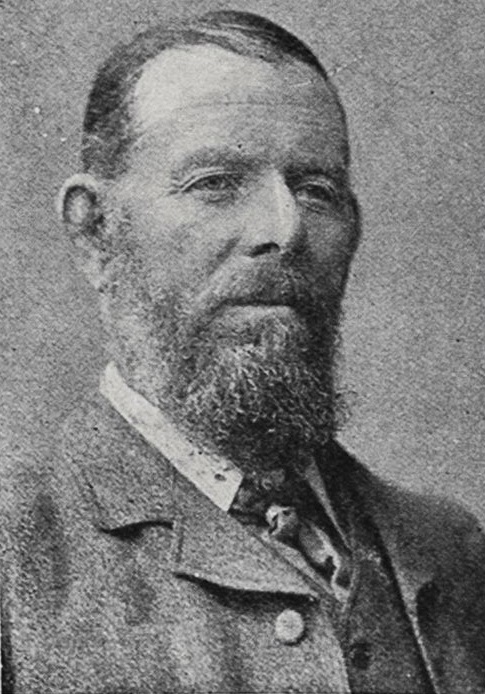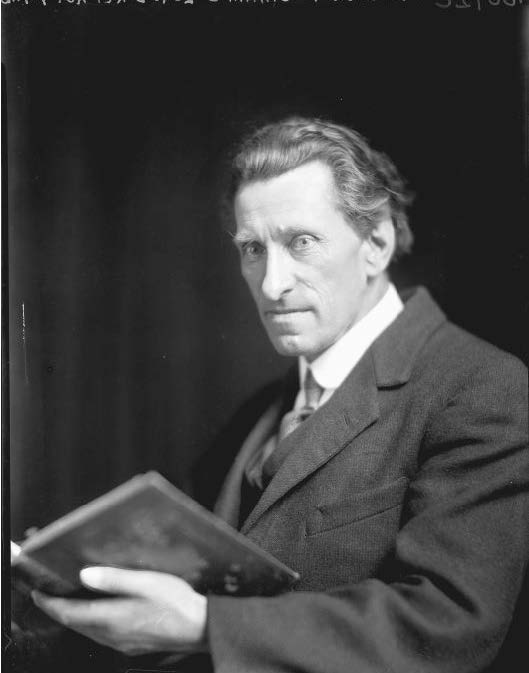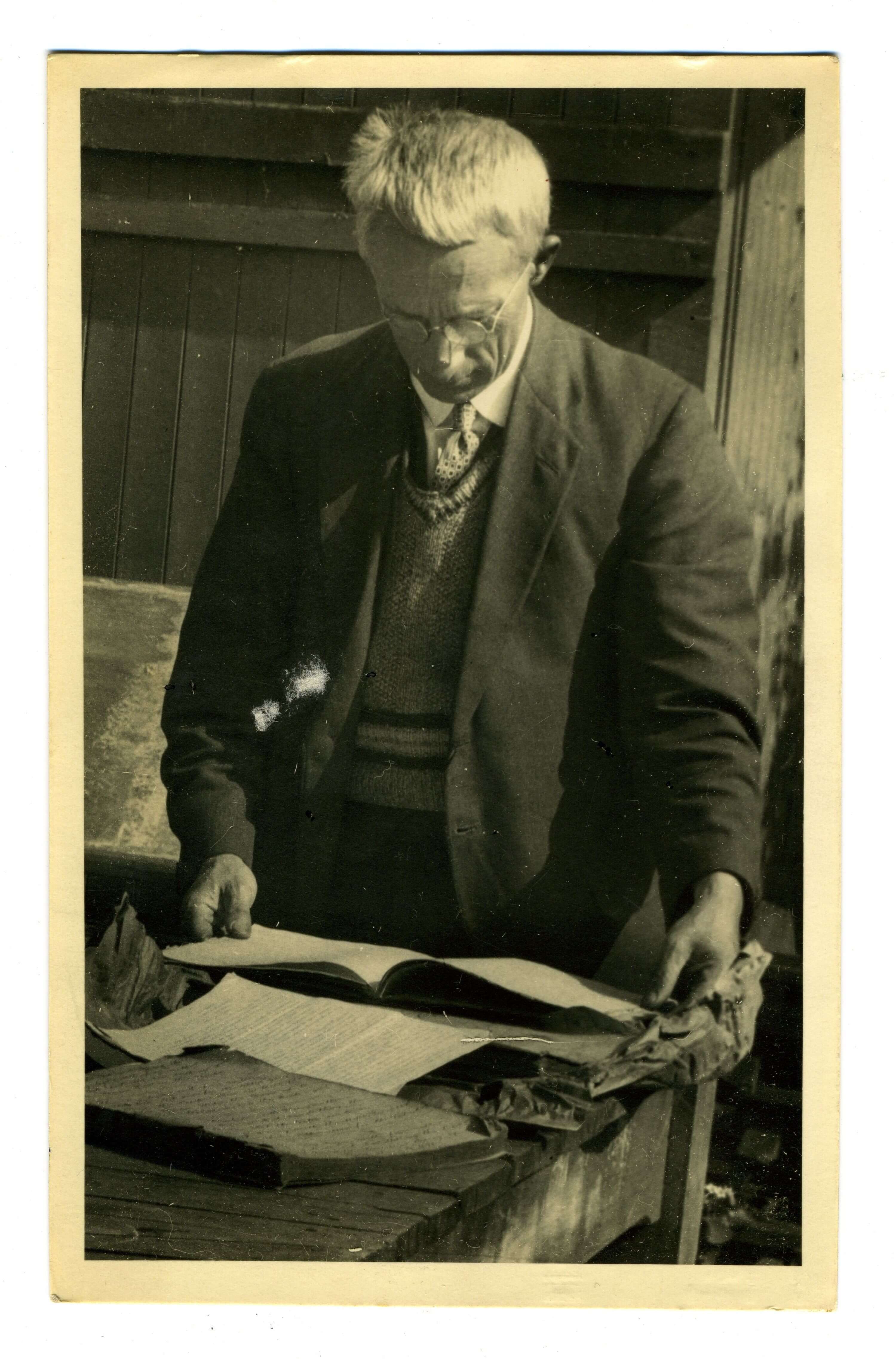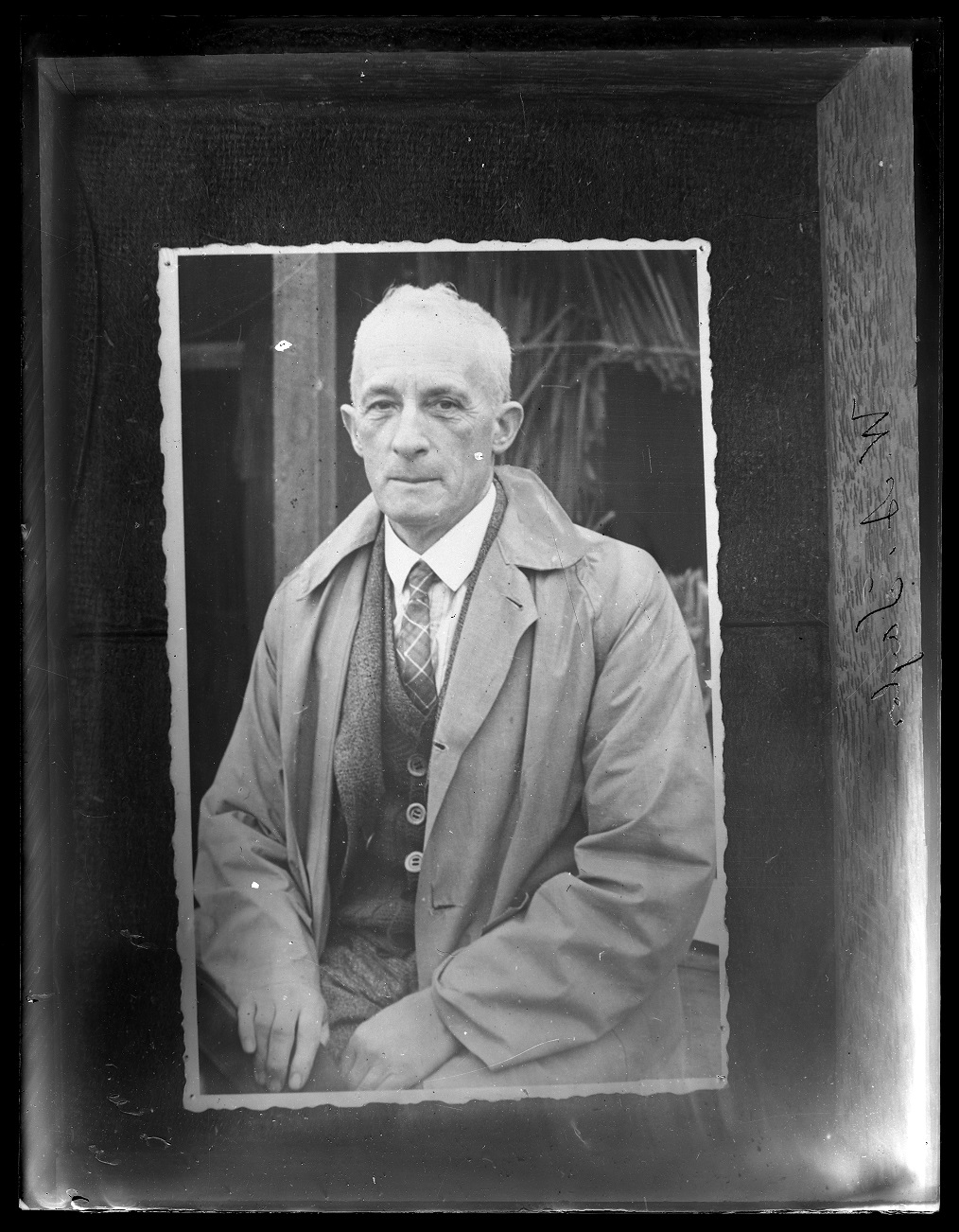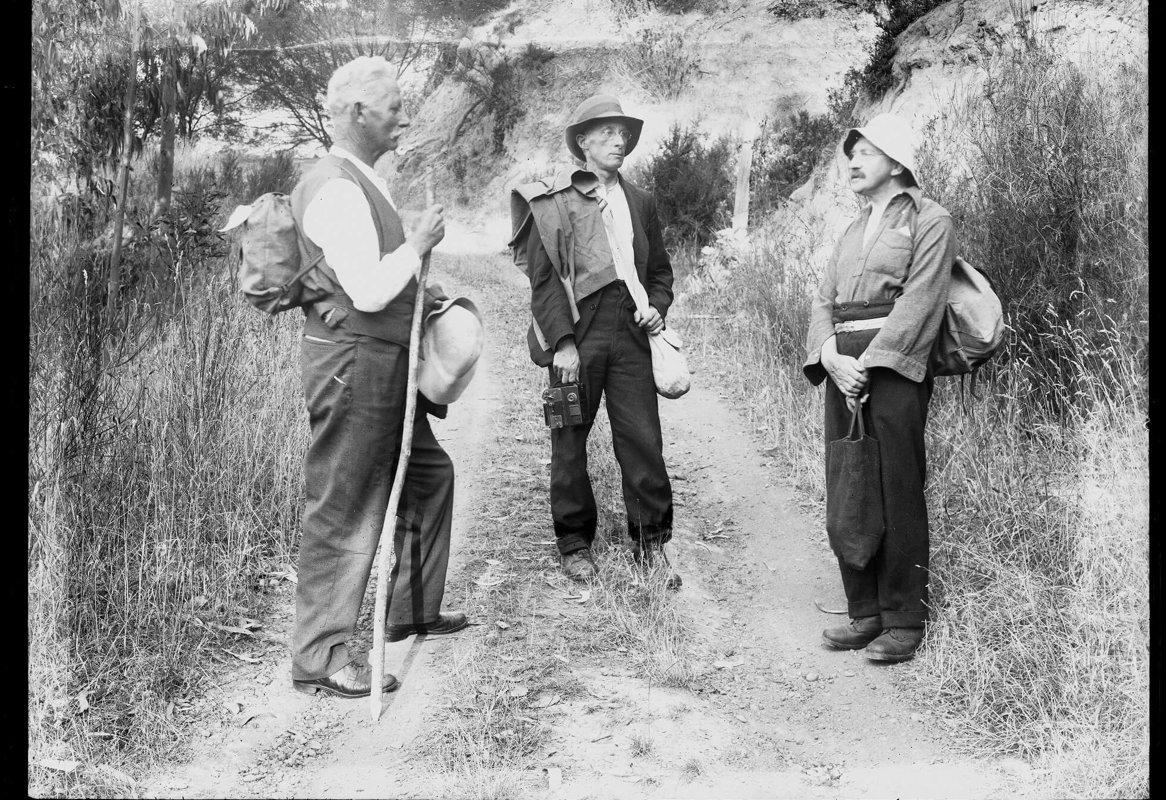Māori place names of Banks Peninsula and the Department of Lands & Survey
The collecting and mapping of the Māori place names of Banks Peninsula dates back to the earliest period of surveying and mapping in New Zealand. In 1770 James Cook on board the Endeavour sighted Banks Peninsula and concluded it was an island. This error was not corrected until 1809 by William Stewart on board the Pegasus. In 1843 Auguste Berard on board the Rhin charted Banks Peninsula for the first time. This chart and numerous subsequent maps of the peninsula retained some Māori place names but increasingly overwrote the cartographic landscape with names of European origin.
European explorers, adventurers, scientists, and exploiters of natural resources conducted survey work and constructed maps throughout Te Waipounamu and wider New Zealand. Many were assisted by Māori who had a detailed ‘cartographic’ knowledge of the shape and form of the land long before Europeans arrived.
In 1893 the Surveyor General Stevenson Percy Smith wrote to John William Allman Marchant (Chief Surveyor Canterbury) in Christchurch directing him and his staff to actively collect and preserve Māori place names. Smith's directive led to a flurry of activity in the Christchurch office of Lands and Survey resulting in the collation of several significant lists of Māori place names in the Canterbury district that have been drawn upon by map makers and scholars ever since. A large number of Māori place names, including many on Banks Peninsula, became part of the government’s cartographic record for the first time. Some of these names are perpetuated on our maps today and others still have been afforded official place name status by the New Zealand Geographic Board.


